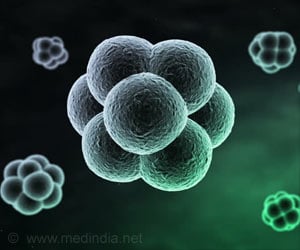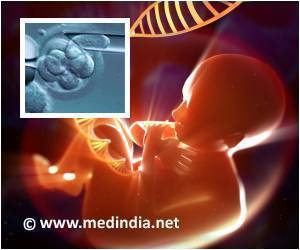
‘Tug-of-war between father and mother’s genes for both the sexes begin in the womb as the fetus utilizes a key signal to control its supply of nutrients from the placenta (the specialized organ that contains cells from both baby and mother).’
Tweet it Now
The study was carried out in mice to underline the signals responsible for poor intrauterine (inside the womb) growth in some babies. Tug-of-War among Genes
It was found that the fetus sends a signal known as IGF2 that reaches the placenta through the umbilical cord. This signal is vital for deciding the growth of the placenta and its subsequent effects on nutrition.
“We’ve known for some time that IGF2 promotes the growth of the organs where it is produced. In this study, we’ve shown that IGF2 also acts like a classical hormone – it’s produced by the fetus, goes into the fetal blood, through the umbilical cord and to the placenta, where it acts,” says Dr. Ionel Sandovici, the paper’s first author.
In addition, the team also found that the response to IGF2 in the blood vessels of the placenta is mediated by another protein, called IGF2R (both IGF2 and IGF2R genes being ‘imprinted’ by molecular switches of both parental genes).
Advertisement
Source-Medindia










